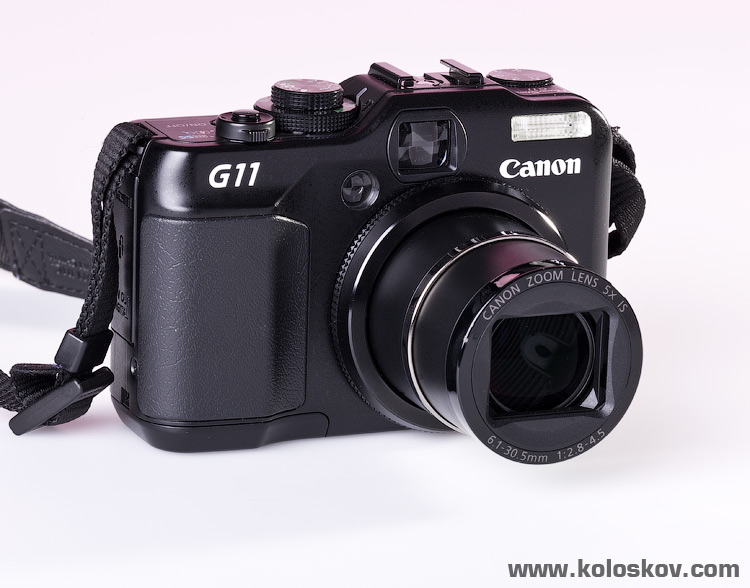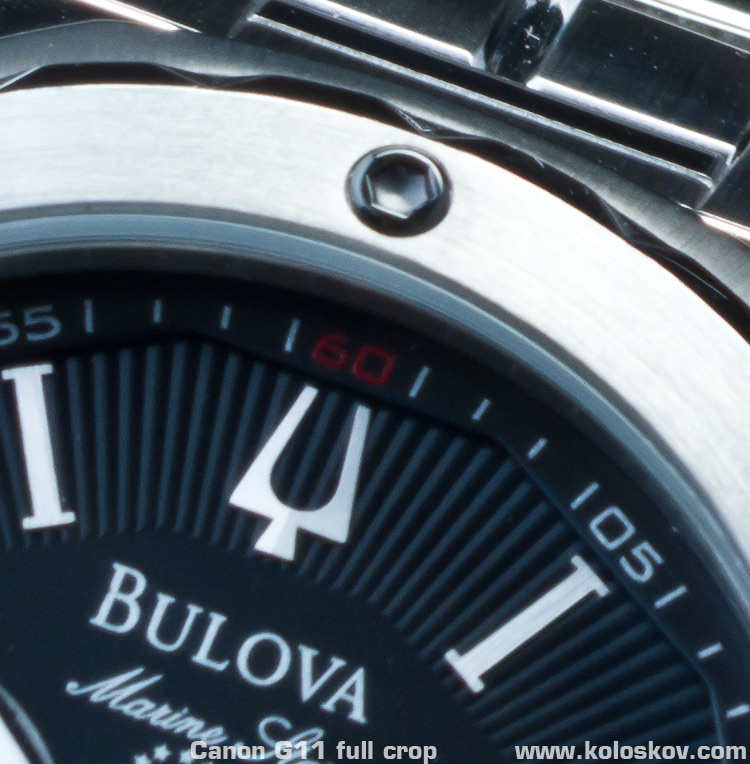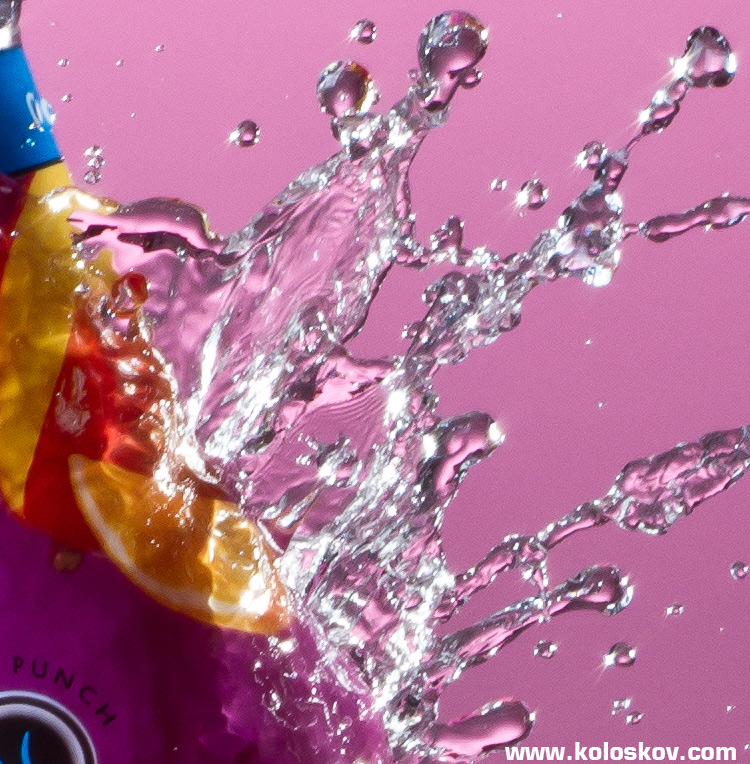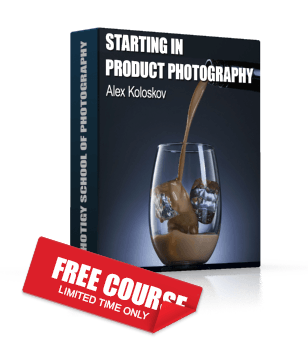Do you really need an expensive DSLR camera?
Point-and-shoot vs professional DSLR
Just how important are the camera and lens for a photographer? This is our bread and butter. All our work depends on it. A good camera and a high quality lens can do wonders in the right hands.
However, in this post I would like to talk about cameras for those of you who are just entering the photography field, working on building a portfolio and wondering what to buy with that never-deep-enough budget. As usual, I’ll be talking about things I know: studio photography.
Here in the studio, lighting is the most important thing to know. If you know how to work with lights, you’ll be able to shoot products. If not, there is no way you can convince the client that the crappy photos you took represent your unique “vision” of the subject: There are very specific lighting requirements for product photography.
In my opinion, the most important thing for a beginner to do is to build a good portfolio: solid, clean and distinct from the rest of the crowd. Without real assignments you can only fill your portfolio with images created for self-promotion: this is what I had 6 years ago in my portfolio. Most were done with a Sony Cybershot, my first digital camera.
The only “technical” requirement (excluding the actual content of the photo) for a portfolio image is to look good at web resolution, about 1200×1024 pixels, max. Which means the camera/lens combination can be very inexpensive… continue reading and you’ll see my point:-)
Let me show you what can be done with some knowledge, 3 strobe monolights and an empty room (read: studio) and a little 10Mpx point-and-shoot Canon G11 camera. Virtually every family has this kind of camera. But how many of us make maximum use of it?
Here is our hero:
This camera has everything you need as a studio shooter: manual focus, manual exposure control, RAW, and macro shooting mode.
I was simply re-doing our recent photo shots, composing the same or similar photos we did recently. All the shots were done with 1/2500 sec ( the max x-sync I was able to set on the camera.) and F6.3 (similar DOF on 35mm will be achieved at F22). We spent about 20 minutes on each shot, including setup time.
I’ve included 100% crops to show the real quality, but remember: here I am talking about web-size images for a portfolio, Flickr, etc..
Product macro photography.
The same watch we had on the latest masterclass. Similar lighting setup, 1/2500 sec F6.3:
This is only 20 minutes of effort, and what you see is almost an as-is image.
100% camera RAW crop:
Canon g11 full crop watch product example
Sharpness was the worst (of all 3 shots described in this article), probably because I didn’t do a good job of setting the manual focus here. However, for a web-size photo, the result is quite acceptable for a portfolio. It is not as refined as the shot I have on the masterclass announcement, but on this one we did not spend even 10% of the time in post production that we used on the “real” one.
People photography
Similar to what we did for our recent Kids Fashion photoshoot.
Canon G11 studio canon G11 example kids photography atlanta
Can anyone say what camera this was shot with? No way: I’ve seen so many great photos, shot with $8K cameras looking less sharp, simply because people were not good enough at optimizing their hi-res images for the web.
100% crop of the similar one form the same set:
Canon g11 kids portrait 100 crop example studio product photography
Water splash
This is where the little G11 really shines: an X-sync of 1/2500 of a second (this is what I was able to set, 1/4000 was not available for unknown reasons) made it possible to use standard Paul C Buff monolights for this shot: an extremely fast shutter speed freezes the action. Something I was not able to accomplish with my Canon 1Ds MKIII.
Canon G11 splash water sample image studio by Alex Koloskov
Looks pretty good, doesn’t it? We spent 20 minute in total for this shoot, including setup time. Would you put something like this in your portfolio?
100% crop of the camera RAW:
Canon g11 water splash 100 crop sample
For the comparison, here is a similar type of shot done with the same Paul C Buff lights at the same power level, using my Canon 1DsMKIII at 1/250 sec (more about this shot here):
What a difference! There is a huge advantage to a point-and shoot electronic shutter, which makes it possible to work with inexpensive, long duration monolights, when capturing water splashes in this way. Also, working with high-power monolights is much easier than trying to get something similar with hot-shoe dedicated speedlites.
See the top video.
The bottom line:
There is no arguing that a good camera is a must-have for a professional photographer. All DSLR’s are much faster and most of them are more convenient to work with than point-and-shoot cameras. However, do you really need a new, expensive DSLR to learn how to shoot, and to build your portfolio? I think not.
I have a hard time answering my amateur but want-to-be-a-photographer friends when they ask me about what camera (canon 7D or 5D ? for example) and lens to buy to get started.
Usually they do not understand what I am saying, thinking I am kidding or playing stupid…:-)
Here are my thoughts:
Unless you have $5000 to start with, the camera is the last thing you should consider buying. For in-studio photography there are so many other things to spend money on…
Things like:
Lighting. 3-5 monolights (or heads with power pack or even like these screw-in poppers), and various light modifiers (honeycombs, different sizes soft-boxes, snoots, diffuser panels, gels, etc…). Shooting table and accessories, such as flex and articulated arms, clamps, tripod, remote trigger, a laptop PC for shoot tethered…
You can use this list I’ve compiled to get most of the gear that is required, for very few $$: Studio equipment buying guide for beginners
And, you can buy the new Canon PowerShot G12 🙂
Get the lights and start to shoot!
Learn the lighting, invest your time and energy in building something unique, something which will catch the eye of every portfolio viewer. Hold on to your money, then get a better camera WHEN you’ll really need it: owning pro gear does not make you a pro:-) We all know this, right? But that excitement when you hold a big expensive SLR body… it’s so tempting… I know:-))
Ok, I may be exaggerating it a little. A point-and-shoot camera may be too much for some of us to start working with… However, I still hope you’ll embrace the main idea of the article 🙂
Good luck for you and your photography!
Alex









